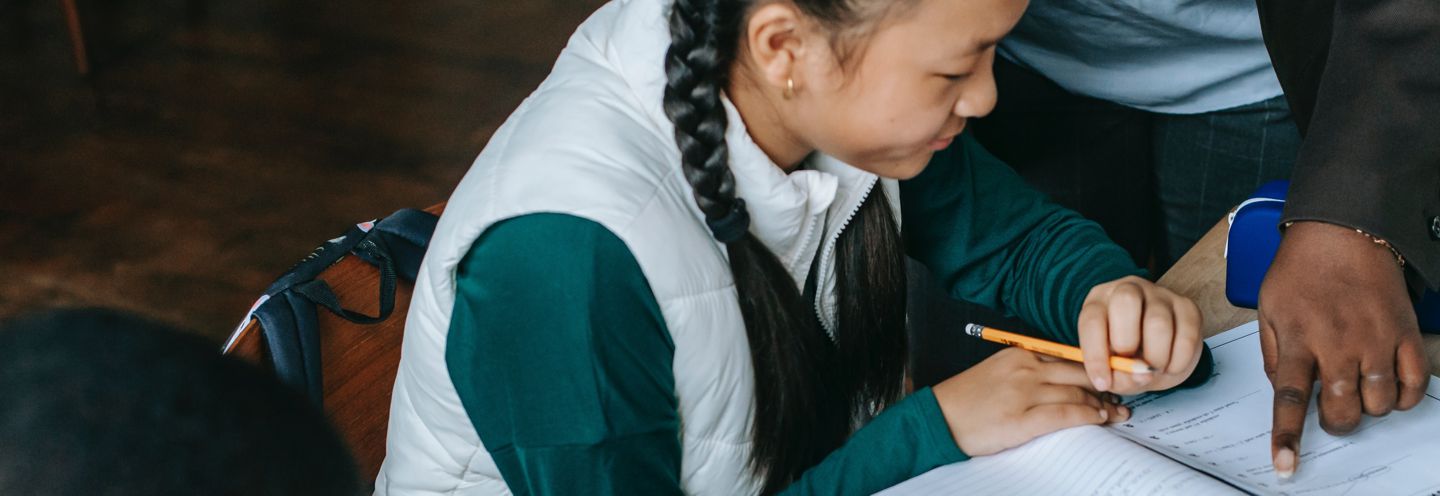Teacher Resources | 386 Results

In this lesson, students explore the concepts relating to data collection that are introduced in the educational game Data Defenders. The lesson will underscore for students the idea that their data

In this lesson, students reflect on the ways in which digital media can cause stress. Through a series of role-playing exercises, they consider how social media can cause stress by making us compare

Time Management

Research has found that these things are most likely to be scary to children:

Educate your kids about advertising and how marketers target young people

In this lesson, students apply the "5Ws of Cyberspace" to sources of information they find online. Assuming the role of a student researching a science project, students must authenticate the

Here are some tips to develop a healthier relationship with technology:

The Digital Citizenship Guide for Parents is designed to prepare parents and guardians for the conversations they should have with their children when they first start using digital devices

Being a digital citizen is about working to ensure you are contributing to the health and well-being of your communities. How are you contributing to a positive culture online?

In the digital world, we can lose control of the information we share. It’s important to respect other people’s privacy and take control of your own.

